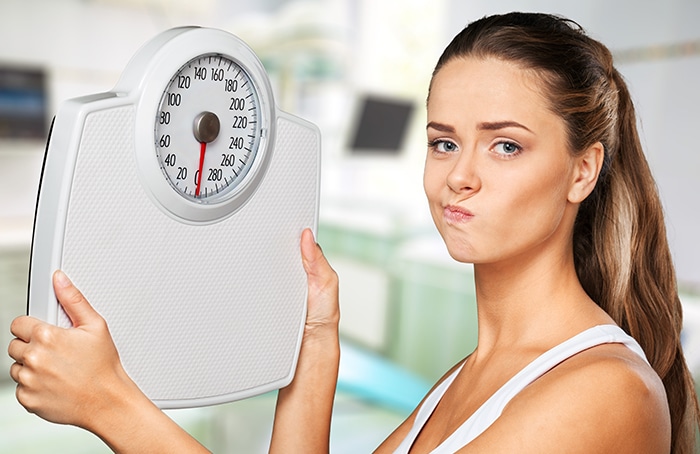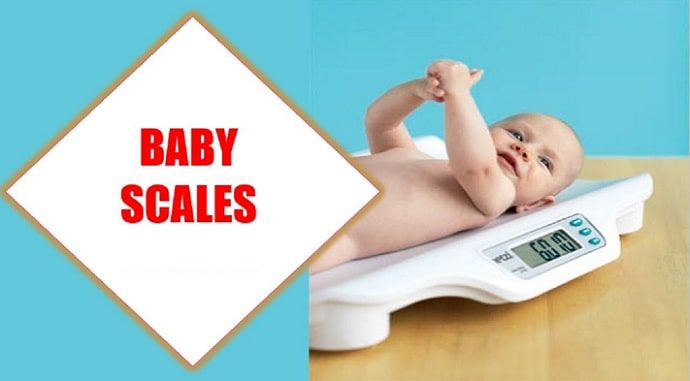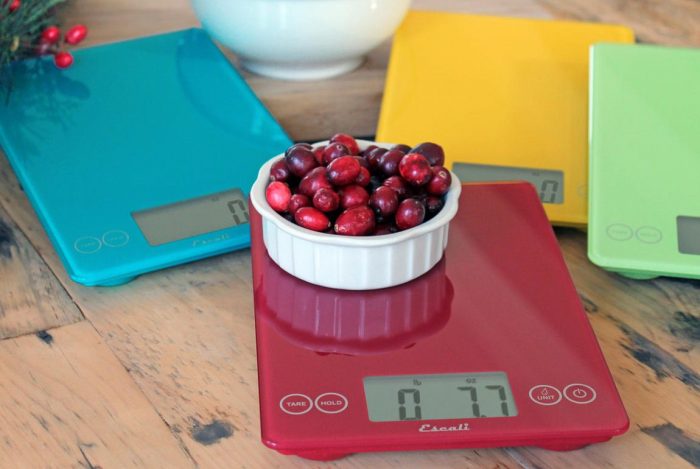A bathroom scale is a handy tool for any person who wants to track his or her weight loss. On the other hand, a kitchen scale is ideal for measuring the number of ingredients to use in different recipes. Whatever the use is, a weighing scale should perform well to provide accurate measurement results.
10 Steps to Know If Your Scale Is Working Accurately
Table of Contents

When using a weighing scale, you should know how accurate the scale is. Well, here are ten steps to help you know if your weighing scale is working accurately.
#1. The Weighing Scale Reading Is Zero
Zeroing the scale is one of the most efficient ways to check the accuracy of the scale. In the case of an analog scale, you can simply press your hand on it and then lift it. Now, the machine will read zero. If it is not zero, then you will need to rotate the wheel at the bottom of the scale to set it to zero. After that, you can check it again to see if it returns a zero. You can follow the above steps to check your machine if you have a digital scale. To reset a digital scale to zero, you will need to use the buttons.
#2. Weigh An Item Multiple Time
For this step, you will need to use an item of known weight. For example, you can use a sugar packet. Place the object on the scale and note the weight. Then remove it from the scale and let the scale show zero. After that, place the item on the scale again and note the weight. You can repeat this process several times to know if the scale is showing accurate results. If you get varying results, you can weigh the object more.
#3. Measure Your Weight by Holding an Object
First, you need to weigh yourself and note the results. Then you can hold an object of known weight and step on the scale again. Now, the result should be the addition of your weight and the weight of the item that you are holding. If it is, then you can ensure that your weighing scale is accurate.
#4. Change The Location of Your Scale
The surface on which the scale is placed can also affect the performance of the scale. First, you can check the weight of a known object at the same place where the scale is. Then you can change the location of the scale and weigh the same object. If the results are the same, then the scale is accurate. But if the results are different, then the issue is due to the location. Where you get the correct measurement reading, you can place your scale in the same place and measure the weight every day.
#5. Conduct A Taring Test
In the case of a kitchen scale, you will need to perform a taring test to know if it is accurate. This is a very simple process. First, you will need to turn on the kitchen scale and see if it is zero. If the reading is not zero, then you can simply press down the scale and release it. Now, you should see zero on the screen. Otherwise, you will need to press the tare button to reset the scale.
#6. Weigh An Object of Known Weight
To check the accuracy of your weighing scale, you can measure the weight of an object whose weight you already know. Suppose you have placed an object of one pound, and the scale shows one pound. In this case, the scale is accurate. But if the scale shows more or less than the actual weight of the object, then there are some problems with the accuracy of the scale.
#7. Weigh Two Items at A Time
This is another way to check the accuracy of the weighing scale. By measuring two objects at a time, you can know how your weighing scale is performing. First, check the weight of one object and note it down. Then measure another object when the scale resets to zero. Note the result of the second object. Now, place both objects on the scale and measure note the result. Then check if the addition of the weights of both the objects is equaled to the combined weight of the objects. If this is, then the scale is accurate.
#8. Weigh Small Coins
This will help you check how accurate your kitchen scale is. Coins are small, and each coin has a certain weight. So, by weighing the coins, you can check if your kitchen scale is able to measure the small weights. Try to take coins of different sizes and measure them on the weighing scale.
#9. Test The Scale Using a Small Coin
If your scale can measure very small weights, then you can check its accuracy by using a small coin. Before starting this step, you need to ensure that the scale reading is zero. For example, you have a coin that weighs five grams. Now, place one coin and note the weight. Then place another coin and write down the weight. Place one more coin of the same weight and note the weight. If the scale is accurate, then the weight will increase at a rate of five grams every time you place a new coin on the scale. If it is not, then the scale is not accurate.
#10. Test The Accuracy of a Kitchen Scale Using Light Objects
Kitchen scales are usually used to weigh light items in the kitchen while preparing recipes. So, it should be accurate enough to weigh light items without any issues. To test the accuracy of your kitchen scale, you can place some small substances of known weight on the scale and note the results. If the measurement results are correct, then the scale is accurate.
Conclusion
Before using a weighing scale for your weight measurement, you will need to ensure that the scale is accurate to get the correct readings. You can follow the above steps to check if your weighing scale is accurate or not.

